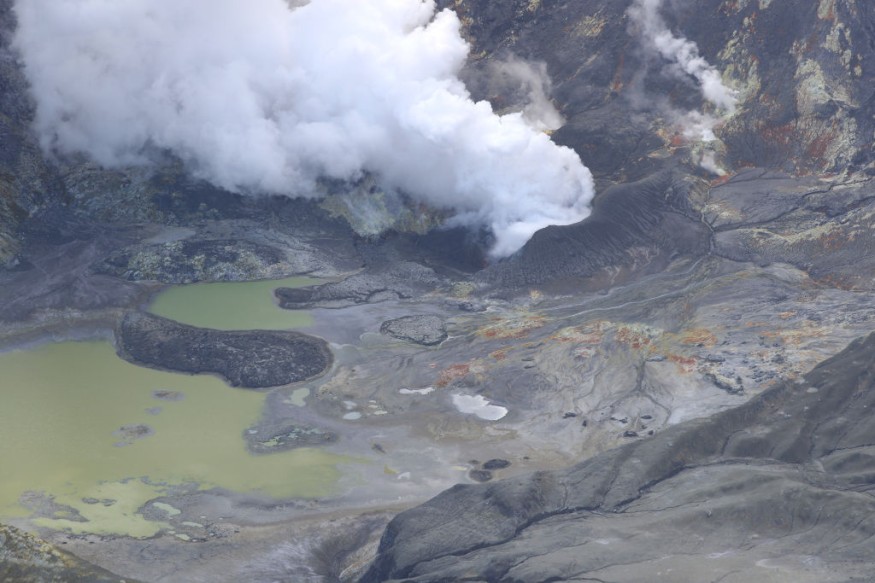Pyroclastic flows - volcanic avalanches of gas, ash and rock that rapidly moves fluidly over the landscape during volcanic eruptions can be far more destructive than previously assumed.
This high-density mixture of hot, fragmented solids and expanding gases happen to create a rhythm of high-pressure pulses as a result of turbulence, a laboratory and field result finds. New study suggests that these pressures can be far stronger, and more destructive, than what hazard assessments demonstrate.
"It's not a small difference," says Gert Lube, a volcanologist at Massey University in Palmerston North, New Zealand. Conventional hazard assessments might suggest a certain flow will only burst windows, he says, "when actually, the pressures are so strong, they knock down the walls of the building."
Scientists have been replicating volcanic avalanches or pyroclastic flows to analyze measurements of pressures in natural flows and "directly study the inner workings of these forces of nature."
Blows like a jackhammer

In 2019, scientists had collected pyroclastic flows burst from the Whakaari volcano, New Zealand's most active volcano. Due to their violent nature, researchers can only estimate average obstacle-smashing pressures in the flows using computer simulations based on measurements of geologic deposits left by past flows, allowing them to calculate the pressures inside.
Using a set of infrasound sensors, the researchers were surprised to find how "pressures in the flows oscillated rhythmically, as volcanic particles clustered into cascading waves and trains of rolling eddies."
For comparison, these pressure pulses would successively damage obstacles like blows from a jackhammer, Lube says, even three times more than the average pressure estimates typically suggested by conventional hazard-gauging simulations.
Many hazard assessments are probably drastically underestimating pyroclastic flows' destructiveness, Lube says. "It's a big wake-up call."
Necessary re-evaluation of hazard models globally
Pyroclastic surges are the deadliest volcanic hazard mostly because of the pressures they generate. "That dynamic pressure energy is mostly carried by large-scale coherent turbulent structures and gravity waves," the authors wrote.
To be more precise, the levels of destructiveness that pyroclastic surges generate are controlled by turbulent fluctuations. This finding suggests re-evaluation of traditional hazard assessments and models that "aim to forecast and mitigate volcanic hazard impacts globally."
However, turbulence structure of pyroclastic surges is still poorly constrained, and fundamental gaps in understanding gas-particle turbulence, among others, remain. "This hampers hazard model application due to the difficulty of testing multiphase turbulence closure schemes and it leaves critical model assumptions such as decaying isotropic turbulence (that is the idealistic state of turbulence, where turbulent fluctuations are assumed to decay statistically uniformly in every direction) unvalidated," the authors note.
"Until we can explain the complex gas-particle transport and feedback mechanisms behind the extreme ferocity of pyroclastic surges (and pyroclastic density currents in general), we cannot adequately forecast hazard impacts for the millions of people at risk."
Thus, the researchers clarify the characteristics and mechanisms of this destructive pressure in pyroclastic surges, and present the first measurements of pressure inside natural pyroclastic density currents from December 2019 eruption of Whakaari and compare these with the results of the experiment.
© 2025 NatureWorldNews.com All rights reserved. Do not reproduce without permission.





